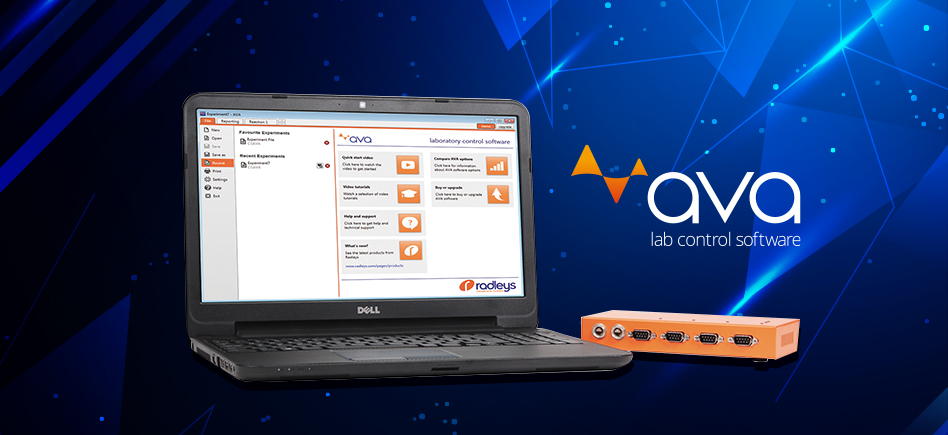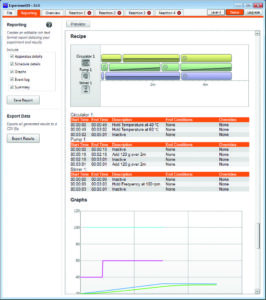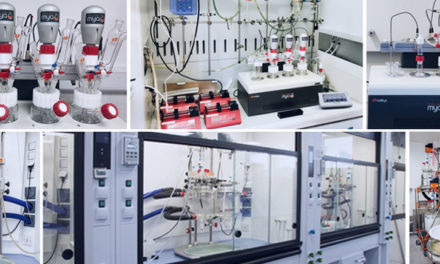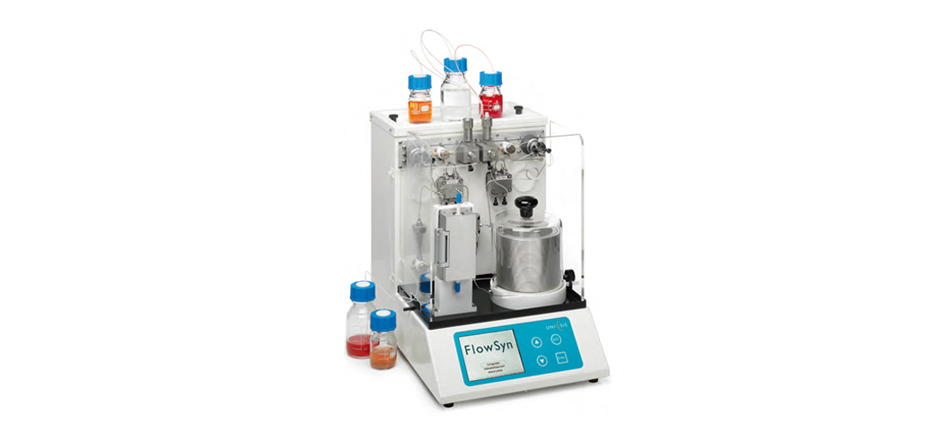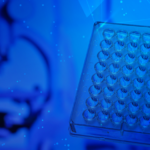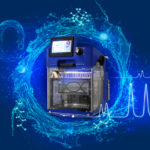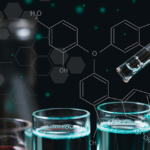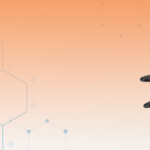How many times have you felt there’s just not enough hours in the day to complete everything you need to do?
While it’s not possible to increase the hours in your day, it’s certainly possible to do more with the time you do have. That’s one of the main benefits of using lab automation software. It can help you work more efficiently and increase your productivity without having to spend more time in the lab.
In this blog post, we’ll look at how automation is making a significant difference to two companies using Radleys’ AVA Control Software.
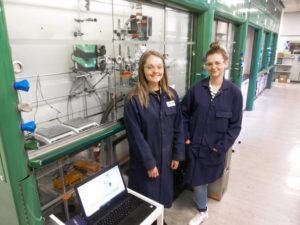 At Lubrizol, a specialty chemicals company that produces a range of additives and advanced materials, automation has made a significant difference to their productivity.
At Lubrizol, a specialty chemicals company that produces a range of additives and advanced materials, automation has made a significant difference to their productivity.
Emma Playfoot, a scientist at the company, explains that before using AVA they were having difficulty monitoring their exotherms using standard thermocouples.
This was a time-consuming, manual process that meant having to continuously monitor their reactions for a temperature rise.
Emma says, “We didn’t know if exotherms had occurred and if they had, on what scale.”
Improved efficiency and productivity
She is clear that the main benefit they have experienced from using AVA to automate their temperature control is the amount of time it has saved them.
“AVA can be used to create a programme which automatically increases and decreases the process temperature as necessary. This is a great advantage if the reaction is too long for a standard working day, or there are scheduled meetings which would have otherwise interrupted the reaction.
“We can now continue to run reactions overnight, rather than stopping them and restarting them the following day, which would mean deviating from any potential manufacturing processes.
“A reaction that could take up to a week can now be completed in a 24-hour period.”
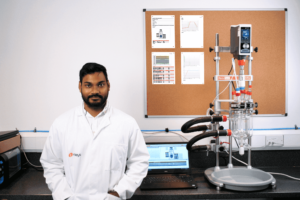 Radleys product manager Ravi Hosein explains the difference such time savings canmake.
Radleys product manager Ravi Hosein explains the difference such time savings canmake.
He says, “It can be time consuming and mentally taxing for a single person to manually manage multiple devices connected to a reactor, but AVA can help overcome many of the challenges this presents.
“Using AVA means the user doesn’t have to be present to monitor their reaction continuously, the reaction takes care of itself which can significantly ease the workload for a chemist.”
Better use of data
Besides controlling temperature changes, AVA also automatically records experimental data and presents it in a graph.
In Lubrizol’s case, AVA tracks their exotherms, records the temperature changes and produces a report where they can see how the reaction temperature varies over time.
Emma says, “I really like the graphs the software produces, especially the reaction temperature profile over time. They are a massive benefit when speaking to manufacturers about reaction profiles as we can give them this data straight from the software.
It is useful for explaining the different steps of the reactions, any exotherms that may occur at specific times and also the scale of the exotherms.”
Often capturing data can be a time-consuming, manual process that is prone to errors. Every scientist will appreciate the importance of data accuracy to their work.
Automating your data capture and having it presented to you in a digestible format, makes it easier to interpret. You can then spot trends you might have missed and glean insights that could help you improve your manufacturing processes down the line.
AVA also makes it easier for data to be shared between teams, so it’s much easier to work collaboratively.
More reproducible results and fewer errors
Automation can improve accuracy in other ways too, as Ravi explains “It can make it easy to manage multiple devices like an overhead stirrer, circulator, peristaltic pump and pH meter.”
Graphenea, a technology company which produces graphene, has found AVA useful for controlling multiple devices and achieving better reproducibility.
 One of their research scientists Dr Beatriz Alonso says, “All the equipment involved in the synthesis reaction is connected to the computer. In our case this includes the balance, mechanical stirrer, temperature control unit and peristaltic pump. After building a recipe in the software, small changes are easy to make in order to improve the reaction.
One of their research scientists Dr Beatriz Alonso says, “All the equipment involved in the synthesis reaction is connected to the computer. In our case this includes the balance, mechanical stirrer, temperature control unit and peristaltic pump. After building a recipe in the software, small changes are easy to make in order to improve the reaction.
“And because AVA is intuitive and easy to use, you don’t need to be a chemical engineer to use it effectively.”
They started using AVA when they scaled up their graphene oxide production and it became clear that they needed to automate their process and have more control over it.
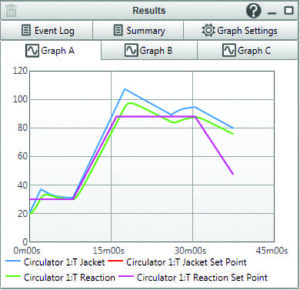 As Beatriz says, “In a chemical reaction, a lot of parameters have an impact on the final product: the raw materials, temperature, reaction time, addition time and the order in which you add the reagents.
As Beatriz says, “In a chemical reaction, a lot of parameters have an impact on the final product: the raw materials, temperature, reaction time, addition time and the order in which you add the reagents.
“With the AVA software, all these parameters can be controlled with a single program in a simple way. When batch to batch reproducibility is needed, automating the chemistry is crucial.
“Our experiments are more reproducible now. All the data from each reaction is saved, so if we observed something different in the quality of one batch we can always go through the data and check if the parameters were correct.
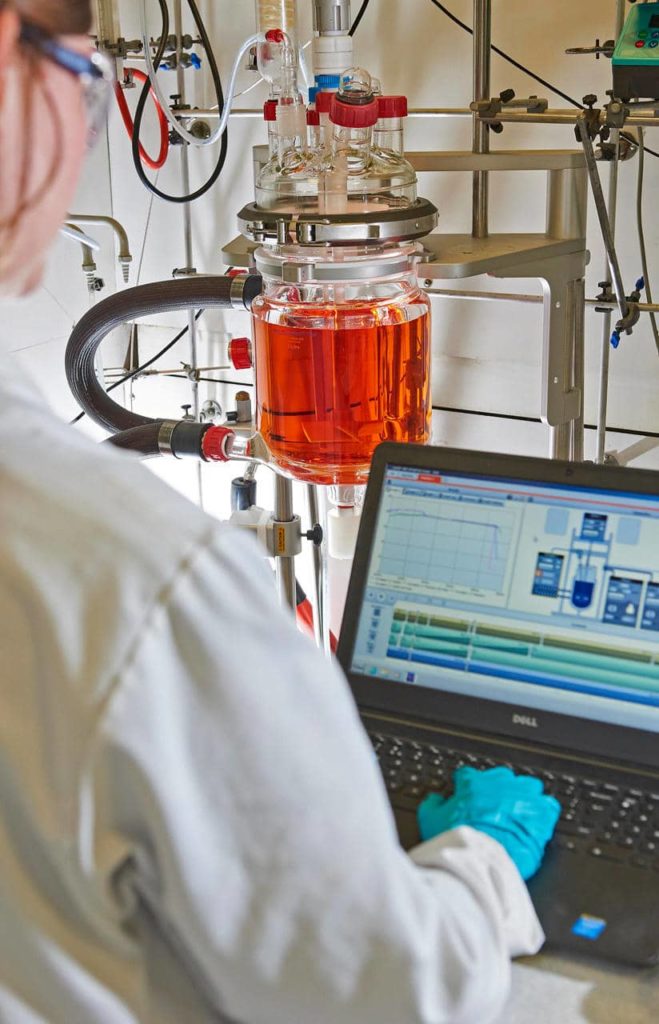 “In general, if a process is controlled automatically you avoid all the deviation in results and problems that originate from human error.
“In general, if a process is controlled automatically you avoid all the deviation in results and problems that originate from human error.
Better control and reproducibility are benefits Lubrizol has also experienced since using AVA. Emma says, “We started using the Gravimetric Additions Module with the AVA software and found we had much better control over the addition of our starting monomers. This saved us a lot of time because the pumps were already set up and required no calibration.
“Having more control over feeding our monomers means we now have fewer faulty samples due to inaccurate dosing of reagents.
“Our reproducibility has also increased massively since using the AVA software, which has saved us time and money.”
As Ravi explains,“The ability to performaccurate dosing over an extended period of time is something that isn’t trivial when done manually.”
Having more consistent results also means you can achieve more in less time because you don’t have to repeat work unnecessarily and of course helps make quality assurance easier.
By allowing scientists to have more control over their lab work they are also able to increase their process safety.
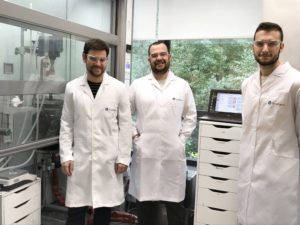
Beatriz explains how AVA’s adjustable safety overrides mitigate risks when working with thermally sensitive materials: “For example, you can program the system to make it stop adding a reagent, or even end the reaction if the temperature of the reaction reaches a certain value. The addition range can be controlled using time as the main parameter, or by making sure that the temperature doesn’t reach a certain limit, which is very important in our process.”
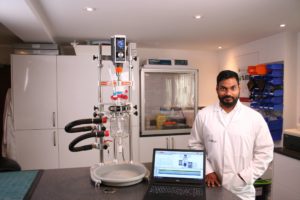 AVA has also proven to be simple to implement within the user’s existing set-ups.
AVA has also proven to be simple to implement within the user’s existing set-ups.
Emma says, “The AVA software has definitely been a massive positive in our lab – once it was all set up and running (we use it on three different reactor ready set-ups at the moment) there were very few issues. It has also been really quick and easy to train people up and get them fully on board once they see the benefits the software has to offer.”
Could AVA help you?
Lubrizol and Graphenea are just two examples of companies using AVA. It is also used for API manufacture by pharmaceutical companies, R&D by chemists, polymer synthesis, large scale organic synthesis and more.
Here’s a recap of the main benefits you can get from using AVA to automate your lab processes:
- Better productivity and efficiency
- More reproducibility
- Improved collaboration
- Fewer errors
- Enhanced safety
To find out more about the AVA Control Software contact us or book demo.

